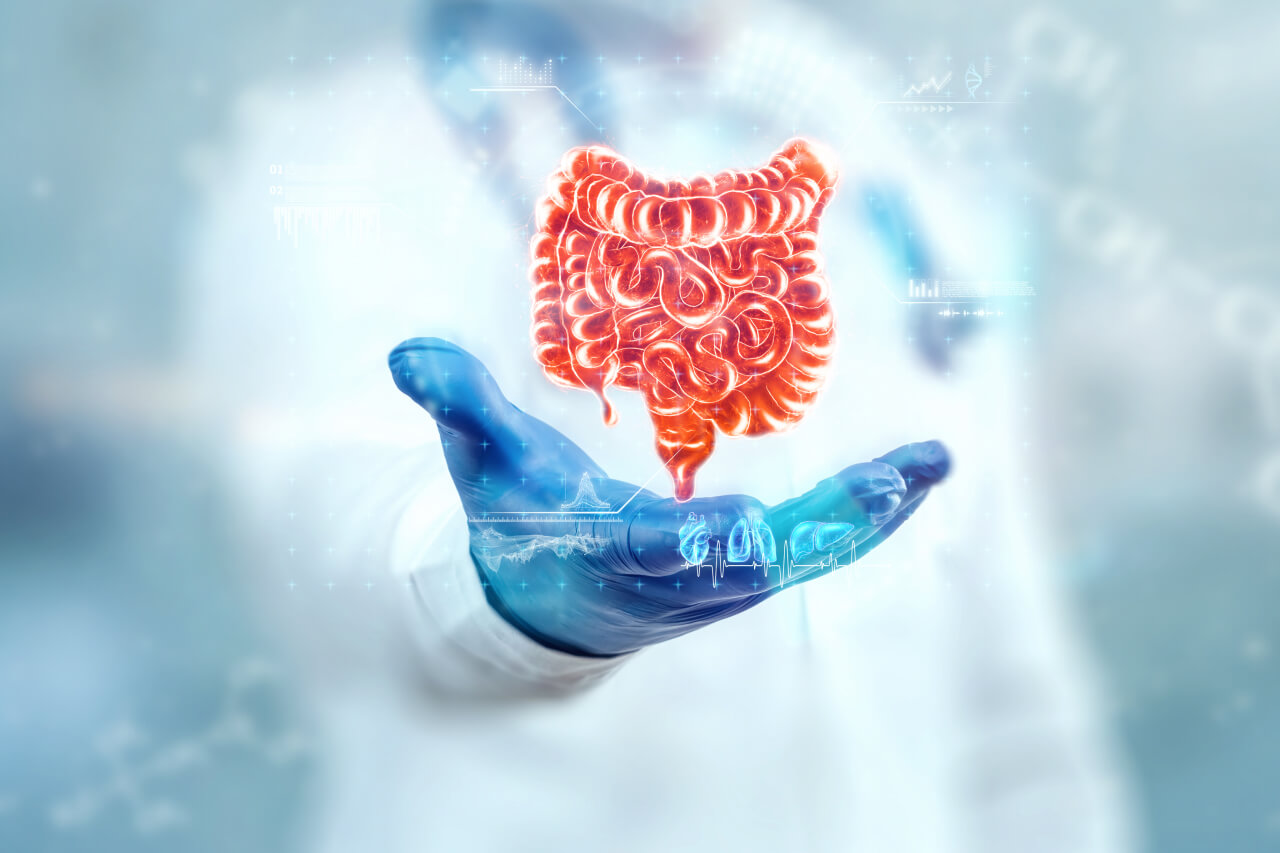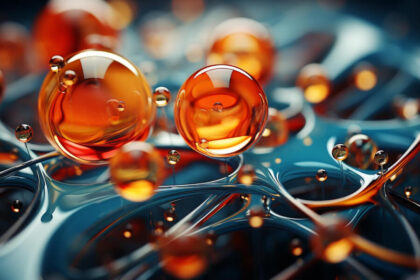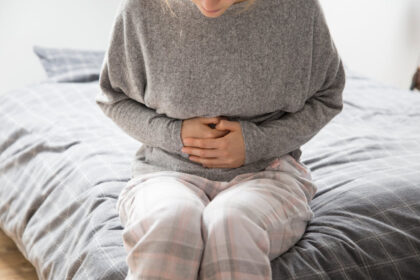The digestive system is a remarkable and intricate network of organs and processes that play a fundamental role in our daily lives. It is responsible for breaking down the food we consume into nutrients our bodies can absorb and utilize. From the moment we take that first bite, the digestive system springs into action, transforming our food into energy, building blocks for growth, and the necessary compounds for the body’s functions. In this comprehensive guide, we will delve deep into the digestive system, exploring its components, functions, and the incredible journey our food takes from the moment it enters our mouth until it becomes a source of nourishment.
Defining the Digestive System
Before we embark on our journey through the digestive system, let’s start by defining what this system is. The digestive system, often simply referred to as digestion, is a complex series of organs and processes that convert the food we eat into substances that our bodies can use for energy, growth, and repair. It involves both mechanical and chemical processes, with each step playing a crucial role in breaking down food and absorbing essential nutrients.
The Digestive Process: A Step-by-Step Overview
Step 1: The Mouth
The digestive journey begins in the mouth. As we take that first bite, our teeth grind the food into smaller pieces, breaking it down mechanically. This process is known as mastication. Saliva, produced by salivary glands, is also released into the mouth, starting the chemical breakdown of carbohydrates through the enzyme amylase.
Step 2: The Pharynx and Esophagus
Once the food is sufficiently chewed and mixed with saliva, it forms a soft mass called bolus. The bolus is then pushed to the back of the mouth and swallowed. From here, it enters the pharynx and travels down the esophagus, a muscular tube that connects the mouth to the stomach. This journey is facilitated by coordinated muscle contractions known as peristalsis.
Step 3: The Stomach
As the bolus reaches the stomach, it encounters a highly acidic environment. The stomach is a muscular organ with a lining that secretes gastric juices, including hydrochloric acid and pepsin. These digestive fluids help break down proteins and sterilize the incoming food, killing harmful microorganisms. The stomach also mixes and churns the food, turning it into a semi-liquid substance known as chyme.
Step 4: The Small Intestine
The chyme then exits the stomach and enters the small intestine, which is the longest part of the digestive system. Here, further digestion and nutrient absorption occur. The pancreas releases digestive enzymes into the small intestine, helping to break down carbohydrates, proteins, and fats. Additionally, the liver produces bile, which is stored in the gallbladder and released into the small intestine to aid in the digestion and absorption of fats.
Step 5: Nutrient Absorption
The lining of the small intestine contains millions of tiny finger-like projections called villi and microvilli. These structures increase the surface area available for absorption. Nutrients, such as glucose, amino acids, and fatty acids, are absorbed through the walls of the small intestine and transported into the bloodstream to be used by cells throughout the body.
Step 6: The Large Intestine
Any undigested food, fiber, and waste products that remain after passing through the small intestine move into the large intestine, also known as the colon. While the large intestine doesn’t play a significant role in digestion, it does absorb water and electrolytes from the remaining material, turning it into a more solid form known as feces. The colon also houses a diverse community of bacteria known as the gut microbiota, which play essential roles in digestion and overall health.
Step 7: Elimination
Finally, the feces are stored in the rectum until they are ready to be eliminated from the body through the anus. This process, known as defecation, is the last step in the digestive journey and removes waste products from the body.
Key Digestive System Components
To gain a deeper understanding of the digestive system, let’s take a closer look at some of its key components:
The Stomach
The stomach is a muscular organ located in the upper abdomen, just below the ribcage. It has a unique role in the digestive process due to its acidic environment and the production of digestive enzymes. The stomach’s strong contractions help mix food with gastric juices, ensuring proper digestion and the creation of chyme.
The Small Intestine
The small intestine is a lengthy tube that stretches from the stomach to the large intestine. It is divided into three segments: the duodenum, jejunum, and ileum. The small intestine is where the majority of nutrient absorption occurs, thanks to its extensive surface area provided by villi and microvilli.
The Liver and Gallbladder
The liver is the largest internal organ in the human body and has numerous vital functions, including metabolizing nutrients, detoxifying harmful substances, and producing bile. The gallbladder, a small organ located beneath the liver, stores and releases bile into the small intestine to aid in fat digestion and absorption.
The Pancreas
The pancreas is both an endocrine and exocrine gland, meaning it releases hormones (insulin and glucagon) into the bloodstream to regulate blood sugar levels and digestive enzymes into the small intestine to assist in the breakdown of carbohydrates, proteins, and fats.
The Large Intestine
The large intestine is responsible for water and electrolyte absorption, as well as the formation and elimination of feces. It houses a diverse community of bacteria known as the gut microbiota, which contribute to the fermentation of undigested carbohydrates and the production of certain vitamins.
The Role of Hormones in Digestion
While the mechanical and chemical processes are vital for digestion, hormones also play a crucial role in regulating the digestive system. Some key hormones involved include:
Gastrin
Gastrin is released by cells in the stomach lining in response to the presence of food. It stimulates the release of gastric juices, promoting digestion.
Insulin and Glucagon
Produced by the pancreas, insulin and glucagon regulate blood sugar levels. Insulin facilitates the uptake of glucose by cells for energy, while glucagon promotes the release of glucose into the bloodstream when needed.
Cholecystokinin (CCK)
CCK is released by the small intestine in response to the presence of fats and proteins. It stimulates the release of bile from the gallbladder and digestive enzymes from the pancreas, aiding in the digestion of these nutrients.
Leptin and Ghrelin
These hormones, produced by adipose tissue and the stomach, respectively, play a role in regulating appetite and hunger. Leptin signals satiety, while ghrelin stimulates hunger.
Common Digestive System Disorders
While the digestive system is a marvel of efficiency, it is not immune to disorders and diseases that can disrupt its functioning. Some common digestive system disorders include:
Gastroesophageal Reflux Disease (GERD)
GERD occurs when stomach acid flows back into the esophagus, causing symptoms such as heartburn and regurgitation. Chronic GERD can lead to damage the esophagus lining and increase the risk of more severe conditions.
Irritable Bowel Syndrome (IBS)
IBS is a functional gastrointestinal disorder characterized by abdominal pain, bloating, and changes in bowel habits. It is a chronic condition that can significantly impact a person’s quality of life.
Inflammatory Bowel Disease (IBD)
IBD encompasses conditions like Crohn’s disease and ulcerative colitis, which involve chronic inflammation of the gastrointestinal tract. Symptoms include diarrhea, abdominal pain, weight loss, and fatigue.
Celiac Disease
Celiac disease is an autoimmune disorder triggered by the ingestion of gluten, a protein found in wheat, barley, and rye. It damages the small intestine’s lining, leading to malabsorption of nutrients and various digestive symptoms.
Gallstones
Gallstones are solid particles that form in the gallbladder and can cause blockages in the bile ducts. This can lead to intense abdominal pain, nausea, and vomiting.
Constipation
Constipation is a common digestive issue characterized by infrequent bowel movements or difficulty passing stools. It can result from various factors, including dietary choices, dehydration, or certain medications.
Diarrhea
Diarrhea is the opposite of constipation, involving frequent and loose bowel movements. It can result from infections, food intolerances, or underlying medical conditions.
Gastroenteritis
Gastroenteritis, often referred to as the stomach flu, is an infection or inflammation of the stomach and intestines. It leads to symptoms such as diarrhea, vomiting, and abdominal cramps.
Peptic Ulcers
Peptic ulcers are open sores that develop on the inner lining of the stomach, small intestine, or esophagus. They can cause burning pain in the abdomen and may lead to complications if left untreated.
Colorectal Cancer
Colorectal cancer is a type of cancer that starts in the colon or rectum. Early detection through screenings like colonoscopies is crucial for effective treatment.
Maintaining Digestive Health
To keep the digestive system functioning optimally and reduce the risk of digestive disorders, it’s essential to adopt healthy lifestyle habits and dietary choices:
Eat a Balanced Diet
A diet rich in fiber, fruits, vegetables, lean proteins, and whole grains supports digestive health. Fiber helps regulate bowel movements and can prevent constipation.
Stay Hydrated
Adequate water intake is crucial for maintaining proper digestion. Water helps soften stools, making them easier to pass, and aids in the absorption of nutrients.
Manage Stress
Chronic stress can have a negative impact on digestive health. Practices such as meditation, yoga, and deep breathing can help manage stress and improve overall well-being.
Limit Processed Foods
Highly processed and sugary foods can disrupt the balance of gut bacteria and lead to digestive issues. Minimize your consumption of these foods.
Exercise Regularly
Physical activity promotes healthy digestion by stimulating intestinal contractions. Aim for at least 30 minutes of exercise most days of the week.
Avoid Overeating
Eating large meals or consuming food too quickly can lead to indigestion and discomfort. Practice mindful eating and listen to your body’s hunger and fullness cues.
Limit Alcohol and Tobacco
Excessive alcohol consumption and smoking can irritate the gastrointestinal tract and increase the risk of digestive disorders. Limit or avoid these substances.
Get Regular Check-ups
Routine check-ups with a healthcare provider can help detect and manage digestive issues early on. Don’t hesitate to seek medical advice if you experience persistent digestive symptoms.
Conclusion
The digestive system is a remarkable and intricate network of organs and processes that ensure we obtain the necessary nutrients from the food we consume. From the mechanical breakdown of food in the mouth to the absorption of nutrients in the small intestine, every step of the digestive journey is crucial for our overall health and well-being.
Understanding the digestive system’s components and functions, as well as common digestive disorders, empowers individuals to make informed choices about their diet and lifestyle. By adopting healthy habits and seeking medical attention when needed, we can support the optimal functioning of our digestive system and enjoy a life of good health and vitality.
FAQs
What is the digestive system?
The digestive system is a network of organs and processes that break down food into nutrients our bodies can use.
Where does digestion start?
Digestion starts in the mouth, where food is chewed and mixed with saliva.
What happens in the stomach?
In the stomach, food is mixed with gastric juices and turned into chyme, aiding digestion.
What is the role of the small intestine?
The small intestine absorbs nutrients from digested food.
What are some common digestive disorders?
Common digestive disorders include GERD, IBS, and gallstones.
How can I maintain digestive health?
Maintain digestive health by eating a balanced diet, staying hydrated, and managing stress.
Why is regular exercise important for digestion?
Regular exercise stimulates intestinal contractions, promoting healthy digestion.
When should I seek medical advice for digestive issues?
Seek medical advice if you experience persistent digestive symptoms or concerns about your digestive health.





